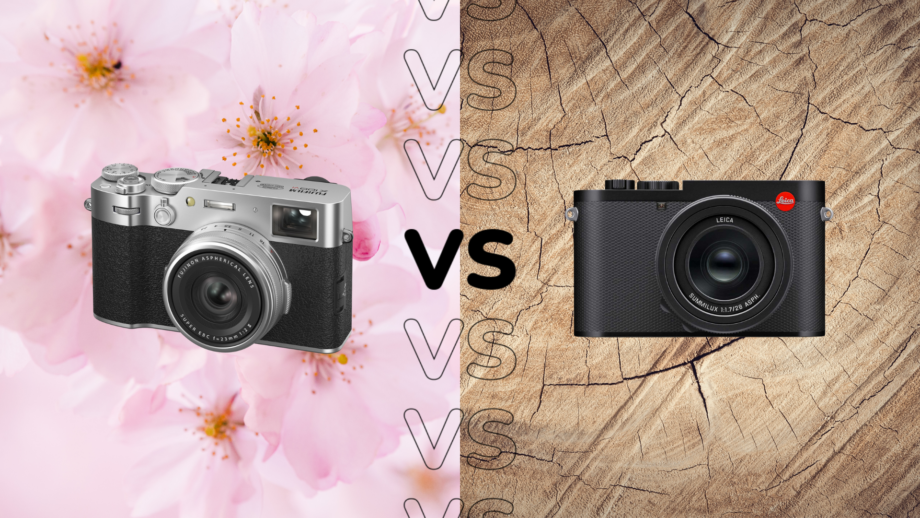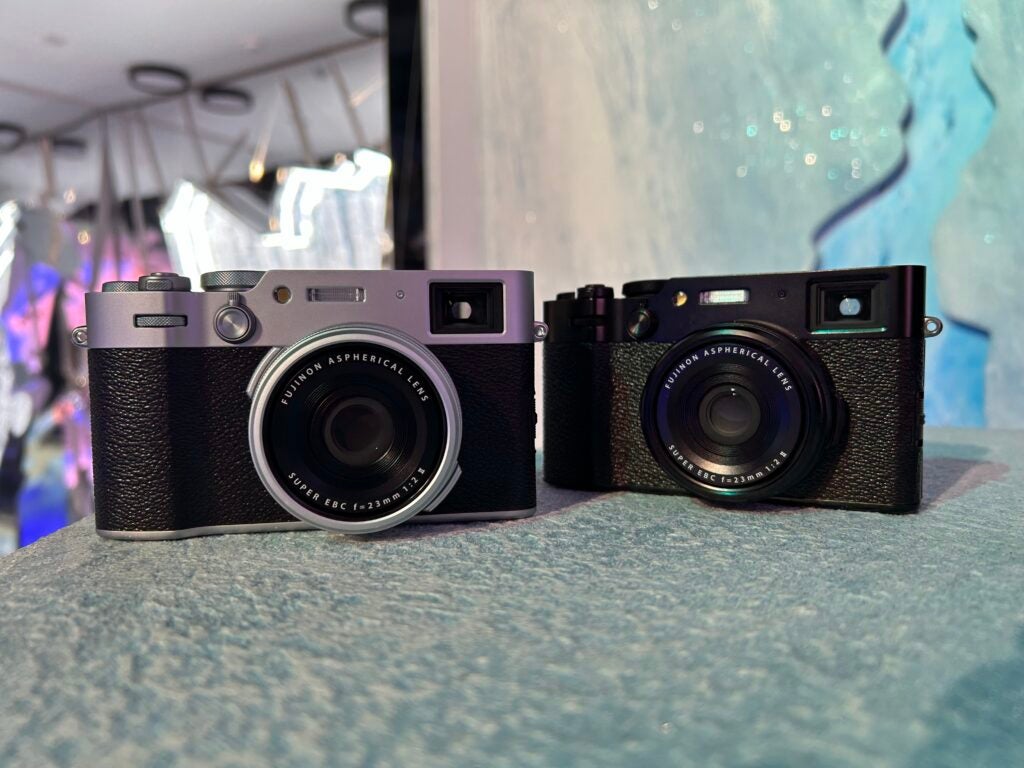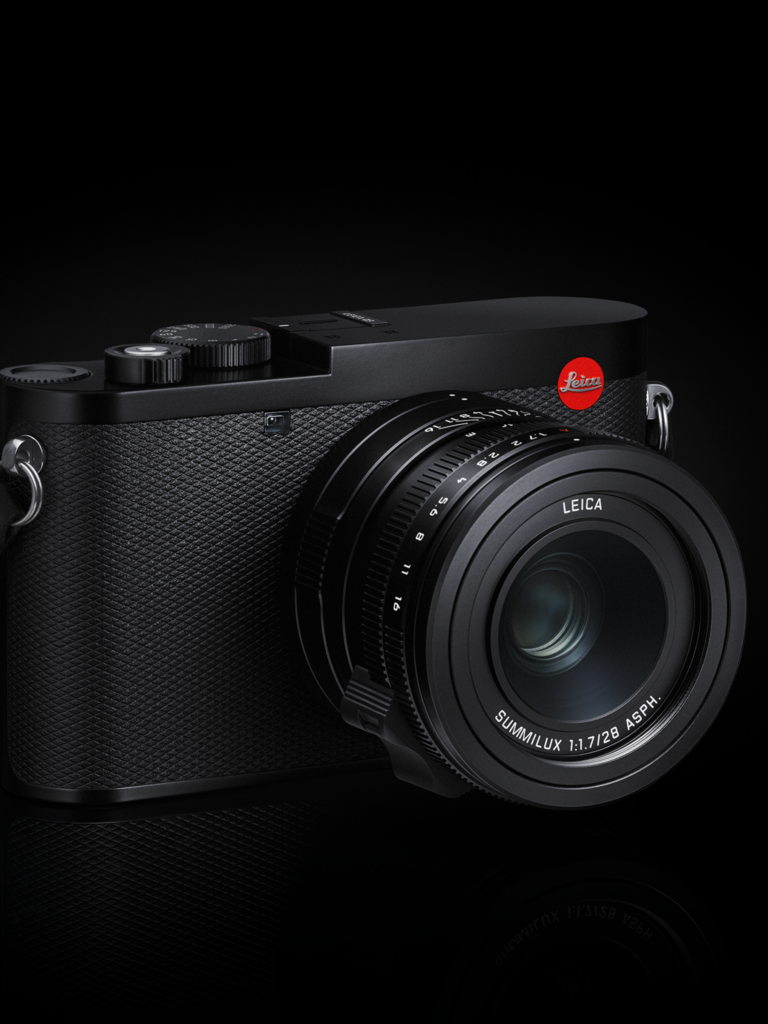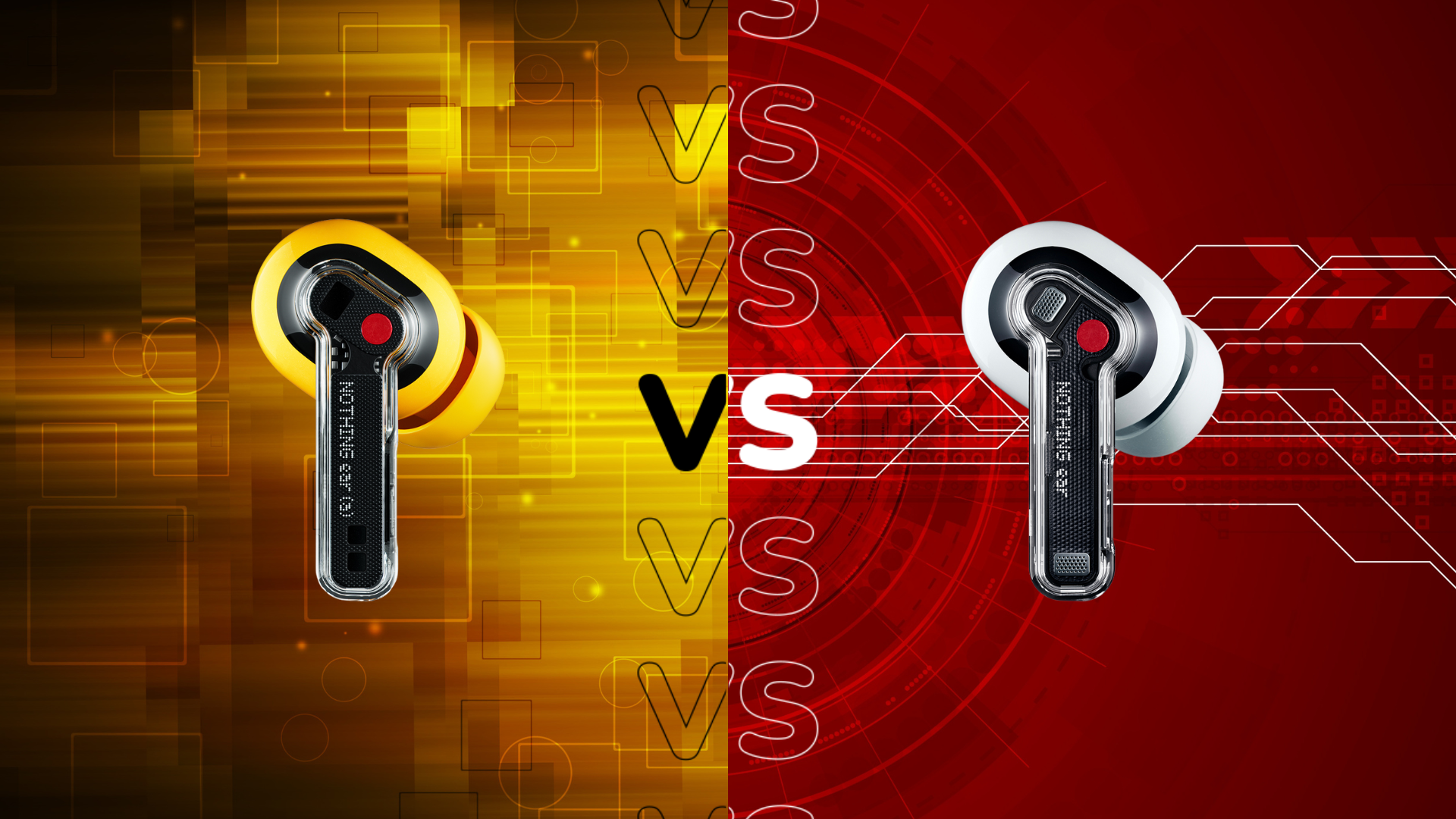Fujifilm X100VI vs Leica Q3: Which compact camera is better?

Fujifilm unveiled the newest version of its X100 compact camera, the Fujifilm X100VI, this February. Here’s how it compares to the Leica Q3.
The Leica Q3 is a camera for those who don’t mind dropping a large amount of money on a high-end, feature-packed compact model. In fact, the Q3’s just-under-$6000 price tag almost makes the $1599 X100VI look cheap.
The question is, is the Leica Q3 worth paying more than 3x the price of the Fujifilm X100VI, or should you save your money and opt for the Fuji camera? Keep reading to learn more about how these two cameras compare.
The Leica Q3 has a full-frame sensor
One fundamental difference between the Leica Q3 and the Fujifilm X100VI is the sensor size.
The Leica Q3 features a large 60.3-megapixel full-frame CMOS sensor. This means that the sensor is both larger and higher resolution than the 40.2-megapixel X-Trans CMOS 5 HR APS-C sensor found in the Fujifilm X100VI.
Not only will this result in the Leica snapping higher resolution images, but the size of the sensor also means it should perform better in low-light environments.

The Fujifilm X100VI features a hybrid viewfinder
One of the more unique features that has maintained a steadfast presence throughout previous renditions of the X100 Series is the hybrid viewfinder.
Where the Leica Q3 sticks with an EVF, the Fujifilm X100VI includes both an EVF and an optical viewfinder, allowing you to switch between the two when needed.
The hybrid viewfinder also enables Electronic Range Finder, a feature that lets you peer at a magnified view of your subject in a small EVF while looking through the OVF.
The Leica Q3 can capture 8K video
The Leica Q3 takes the win when it comes to high-resolution video. The camera is capable of recording 8K video at up to 30p in 4:2:0 10-bit internally or 4:2:2 with HLG/L-Log via HDMI. The camera can also capture 4K at 60fps with 4:2:2 10-bit internally.
The Fujifilm X100VI, meanwhile, is capable of capturing 6.2K video at up to 30p with a crop, or 4K at up to 60p – both internally. The camera also includes support for F-Log, F-Log 2 and 4:2:2 10-bit.
That said, neither camera is designed with video as its primary focus, so if you’re looking for a dedicated vlogging camera, you’ll definitely want to look elsewhere.

The Fujifilm X100VI has a faster burst mode
The continuous shooting speed is also important to consider, particularly if you plan to photograph sports, wildlife or a bustling street.
In this area, the Fujifilm X100VI comes out on top with its 11fps mechanical shutter and 20fps electronic shutter. The Leica Q3, on the other hand, can reach up to 15fps.
The Leica Q3 can be customised
One interesting aspect of the Leica Q3 is its customisable design. Order through Leica itself you you can choose different leather options, including a number of vibrant coloured leathers, and engraving services. However, this personalisation does come at a premium on top of the already steep price of the camera.
Fujifilm does not offer the same customisation service, but that doesn’t mean you can’t get a more exclusive version of the camera. Fujifilm will also be selling a total 1,934 limited edition units with the original Fujifilm logo, a soft release button and a special strap (again, at a premium).








